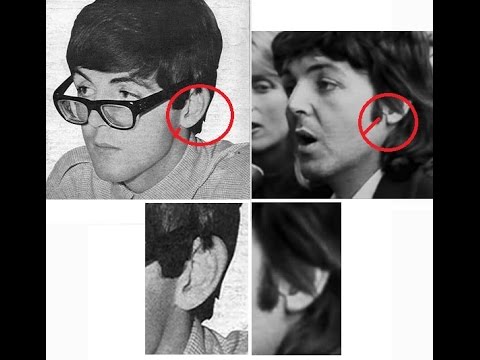I went to India in September 1966. When I had first come across a record of Ravi Shankar's I had a feeling that, somewhere, I was going to meet him. It happened that I met him in London in June, at the house of Ayana Deva Angadi, founder of the Asian Music Circle. An Indian man had called me up and said that Ravi was going to be there. The press had been trying to put me and him together since I used the sitar on Norwegian Wood. They started thinking: 'A photo opportunity - a Beatle with an Indian.' So they kept trying to put us together, and I said 'no', because I knew I'd meet him under the proper circumstances, which I did. He also came round to my house, and I had a couple of lessons from him on how to sit and hold the sitar.
So in September, after touring and while John was making How I Won the War, I went to India for about six weeks. First I flew to Bombay and hung out there. Again, because of the mania, people soon found out I was there.
I stayed in a Victorian hotel, the Taj Mahal, and was starting to learn the sitar. Ravi would give me lessons, and he'd also have one of his students sit with me. My hips were killing me from sitting on the floor, and so Ravi brought a yoga teacher to start showing me the physical yoga exercises.
It was a fantastic time. I would go out and look at temples and go shopping. We travelled all over and eventually went up to Kashmir and stayed on a houseboat in the middle of the Himalayas. It was incredible. I'd wake up in the morning and a little Kashmiri fellow, Mr Butt, would bring us tea and biscuits and I could hear Ravi in the next room, practising...
It was the first feeling I'd ever had of being liberated from being a Beatle or a number. It comes back to The Prisoner with Patrick McGoohan: 'I am not a number.' In our society we tend, in a subtle way, to number ourselves and each other, and the government does so, too. 'What's your Social Security number?' is one of the first things they ask you in America. To suddenly find yourself in a place where it feels like 5000 BC is wonderful.
I went to the city of Benares, where there was a religious festival going on, called the Ramila. It was out on a site of 300 to 500 acres, and there were thousands of holy men there for a month-long festival. During this festival the Maharajah feeds everybody and there are camps of different people, including the sadhus --renunciates. In England, in Europe or the West, these holy men would be called vagrants and be arrested, but in a place like India they roam around. They don't have a job, they don't have a Social Security number, they don't even have a name other than collectively - they're called sannyasis, and some of them look like Christ. They're really spiritual; and there are also a lot of loonies who look like Allen Ginsberg. That's where he got his whole trip from - with the frizzy hair, and smoking little pipes called chillums, and smoking hashish. The British tried for years to stop Indians smoking hashish, but they'd been smoking it for too long for it to be stopped.
I saw all kinds of groups of people, a lot of them chanting, and it was a mixture of unbelievable things, with the Maharajah coming through the crowd on the back of an elephant, with the dust rising. It gave me a great buzz.







